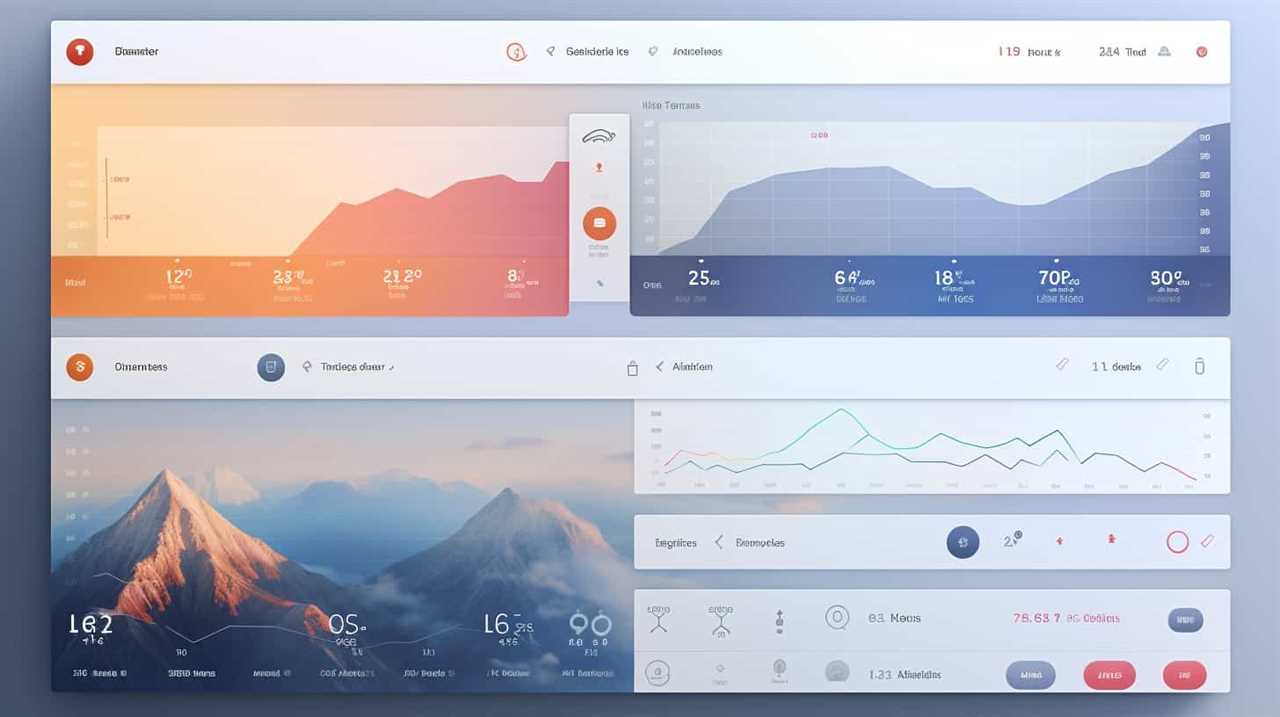Are you tired of constantly searching through articles to determine if SEO and copywriting are identical? Don’t worry, we’re here to clear up your confusion!
In this concise and keyword-focused introduction, we’ll reveal the truth behind the exaggerations, showcasing the key differences between SEO and copywriting.
Prepare to be enlightened as we explore how these two powerful tools complement each other, ultimately maximizing the impact of your digital marketing efforts.
Let’s dive in!

Key Takeaways
- SEO and copywriting have different purposes, with SEO focusing on improving website visibility on search engines and copywriting focusing on creating persuasive and engaging content.
- SEO and copywriting complement each other by incorporating relevant keywords into engaging content, enhancing the overall user experience, and increasing the chances of converting website visitors into customers.
- Effective integration of SEO and copywriting involves conducting keyword research, creating compelling content that meets search engine requirements, incorporating keywords naturally throughout the content, and structuring the content for easy readability.
- Maximizing the impact of SEO and copywriting in digital marketing requires embracing keyword research, creating high-quality content, optimizing website elements, using conversion-focused landing pages, and continuously analyzing and optimizing strategies.
Understanding the Purpose of SEO and Copywriting
We, as writers, often wonder about the purpose of SEO and copywriting and how they differ from each other.
SEO, or Search Engine Optimization, is the practice of optimizing a website to improve its visibility on search engines, driving organic traffic and increasing online presence. The purpose of SEO is to ensure that a website ranks higher in search results, making it more likely to be clicked on by users.
On the other hand, copywriting focuses on creating persuasive and engaging content that captures the reader’s attention and encourages them to take a desired action. It plays a crucial role in communicating the brand’s message, building trust, and ultimately leading to conversions.
While SEO focuses on technical aspects, copywriting adds the human touch to the digital experience, making it an essential element in any successful marketing strategy.

Key Differences Between SEO and Copywriting
As we delve into the key differences between SEO and copywriting, it’s important to note that while SEO focuses on optimizing a website’s visibility on search engines, copywriting aims to create persuasive and engaging content that captures the reader’s attention and drives conversions.
One of the main differences lies in the importance of keywords. In SEO, keywords play a crucial role in ranking a website higher on search engine result pages. On the other hand, while copywriting also considers keywords for search engine optimization, its primary focus is on crafting compelling and persuasive content that resonates with the target audience.
Another difference lies in the writing style. SEO writing tends to be more technical, incorporating keywords strategically, whereas copywriting emphasizes creativity and evoking emotions.
These divergent approaches cater to different aspects of online marketing, but both are essential for a successful digital presence.

How SEO and Copywriting Complement Each Other
SEO and copywriting work hand in hand to enhance a website’s visibility and engage readers. When used together effectively, they can create a powerful online presence that attracts and retains a loyal audience. Here’s how SEO and copywriting complement each other:
- Optimized Keywords: SEO techniques help identify relevant keywords that boost a website’s ranking on search engine results pages (SERPs). Copywriting then incorporates these keywords naturally into the content, making it more visible to search engines and increasing organic traffic.
- Engaging Content: Copywriting focuses on creating compelling, informative, and persuasive content that captivates readers. By balancing keyword optimization and engaging copywriting in content creation, websites can provide valuable information while still catering to search engine algorithms.
- Improved User Experience: SEO techniques, such as improving website speed and mobile responsiveness, enhance the overall user experience. Copywriting ensures that the content is engaging, easy to read, and relevant to the audience’s interests, further enhancing user satisfaction.
- Higher Conversion Rates: When SEO and copywriting work together, they increase the chances of converting website visitors into customers. Effective SEO techniques drive targeted traffic to the website, while persuasive copywriting convinces visitors to take desired actions, such as making a purchase or filling out a contact form.
Strategies for Effective SEO and Copywriting Integration
To effectively integrate SEO and copywriting, businesses can employ a variety of strategies.
One crucial strategy is conducting effective keyword research. By identifying the keywords that are relevant to their target audience, businesses can optimize their content for search engines and increase their visibility online. This involves incorporating these keywords naturally throughout their website copy, blog posts, and other content.
Another strategy is to create compelling and engaging content that not only appeals to readers but also meets the requirements of search engine algorithms. This includes writing informative and valuable articles, using proper headings and subheadings, and structuring the content in a way that’s easy to read and understand.

Maximizing the Impact of SEO and Copywriting in Digital Marketing
By incorporating effective SEO and copywriting strategies, we can maximize the impact of digital marketing. Here are four ways to do it:
- Embrace keyword research: Conduct thorough keyword research to understand what your target audience is searching for. This will help you optimize your content to align with their needs and preferences.
- Optimize website content: Ensure that your website content isn’t only optimized for search engines but also compelling for human readers. Use relevant keywords strategically while maintaining a natural flow and engaging tone.
- Create valuable and shareable content: Develop high-quality content that provides value to your audience. This won’t only attract more visitors but also encourage them to share your content, increasing your online visibility.
- Monitor and adapt: Continuously monitor your SEO and copywriting efforts to identify what’s working and what needs improvement. Stay updated with the latest trends and algorithms to adapt your strategies accordingly.
Frequently Asked Questions
What Are the Main Goals of SEO and Copywriting?
Increasing visibility and driving conversions are the main goals of SEO and copywriting. By optimizing content for search engines and crafting persuasive copy, we can effectively reach our audience and encourage them to take action.
How Do SEO and Copywriting Differ in Terms of Skillset and Expertise Required?
SEO and copywriting have different skillsets and expertise. While both are important for online success, SEO focuses on optimizing websites for search engines, whereas copywriting emphasizes persuasive writing to engage and convert readers.
Can SEO Be Effective Without Incorporating Copywriting Techniques?
SEO can be effective without incorporating copywriting techniques, but it is not optimal. Copywriting enhances SEO by creating engaging and keyword-focused content that attracts and converts users. SEO and content creation go hand in hand, with keywords being essential for ranking.

Are There Any Risks or Drawbacks to Integrating SEO and Copywriting?
When integrating SEO and copywriting, it is crucial to consider the risks and drawbacks. Balancing both techniques is important for effective content creation. Let’s explore the potential pitfalls and the importance of finding harmony between SEO and copywriting.
How Can Businesses Measure the Success and Impact of Their SEO and Copywriting Efforts?
Measuring SEO and copywriting success can be done through various techniques for tracking impact. By analyzing website traffic, conversion rates, and keyword rankings, businesses can determine the effectiveness of their efforts and make data-driven decisions for optimization.
Conclusion
In conclusion, while SEO and copywriting are distinct disciplines, they work hand in hand to maximize the impact of digital marketing.
By integrating strategic keywords and compelling content, businesses can improve their website’s visibility and engage their target audience effectively.

For example, a fictional case study of a clothing brand that incorporates SEO keywords seamlessly into their product descriptions can attract more organic traffic and convert visitors into customers.
Remember, a well-executed combination of SEO and copywriting is essential for online success.










